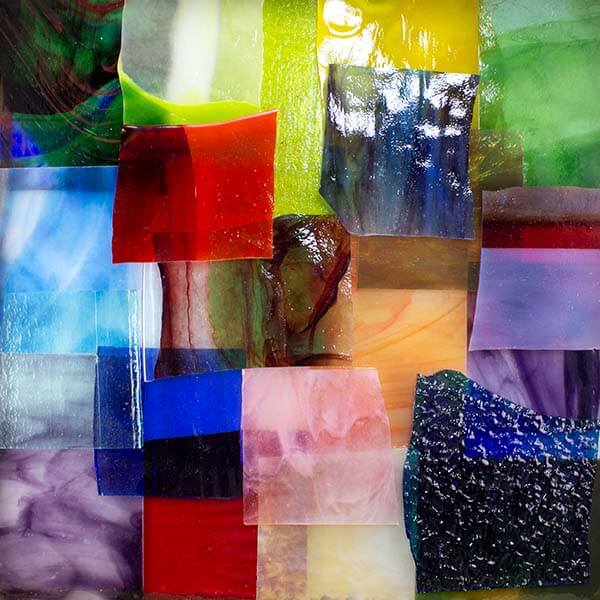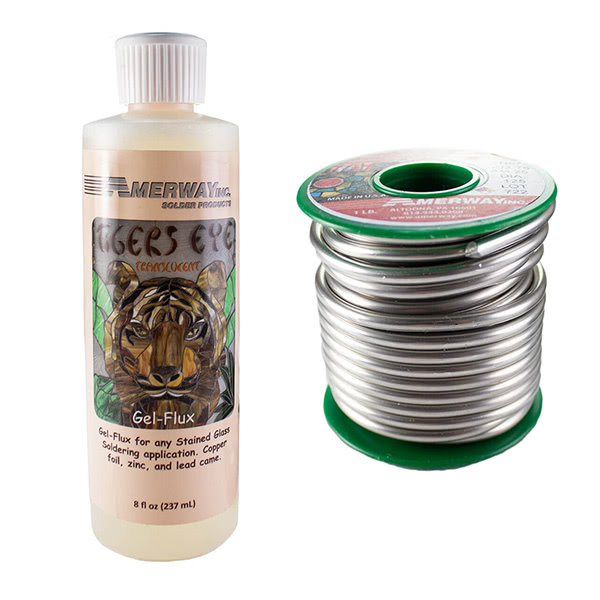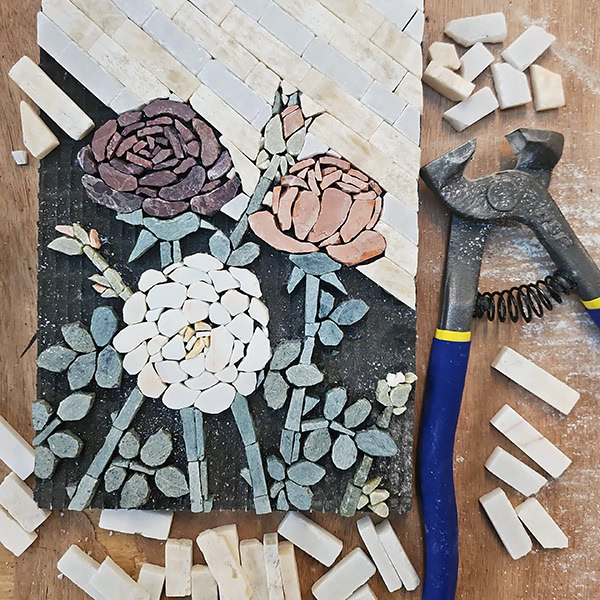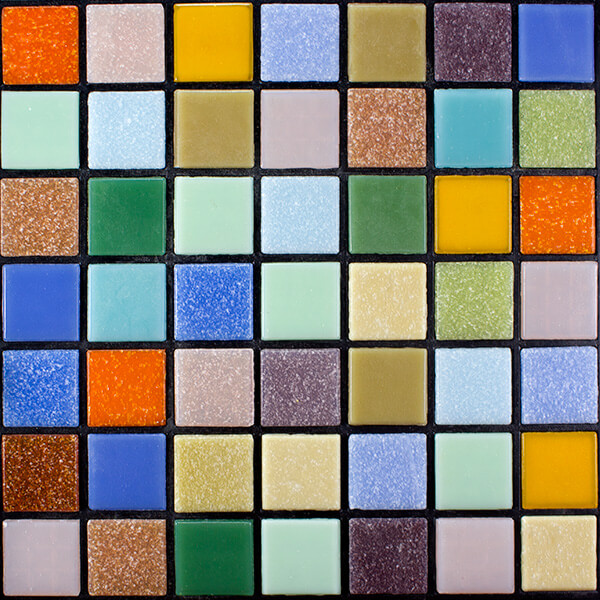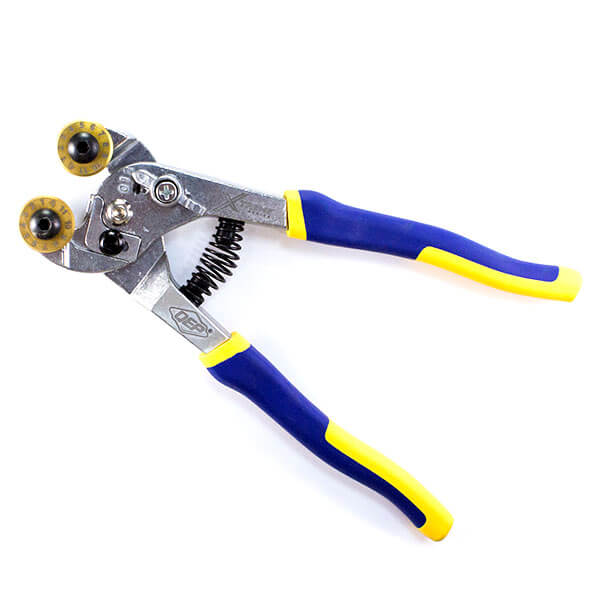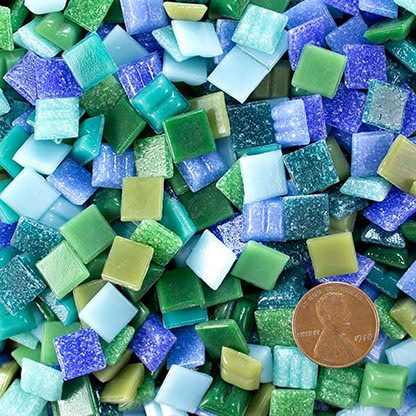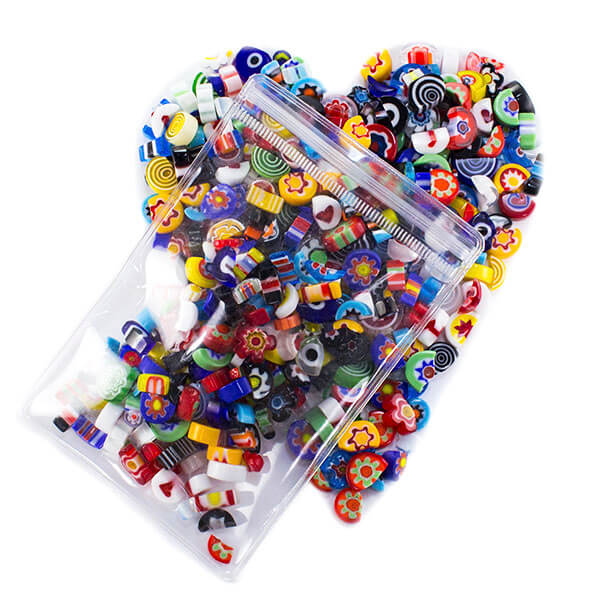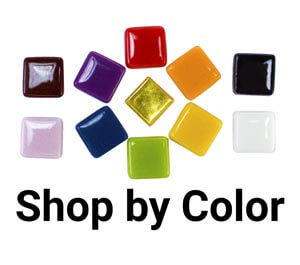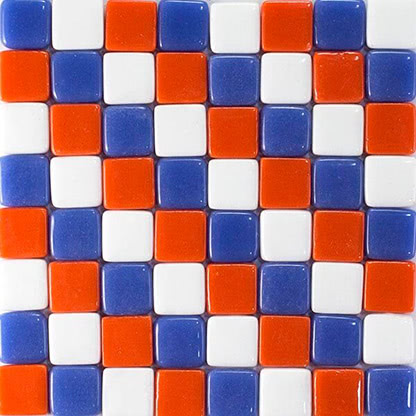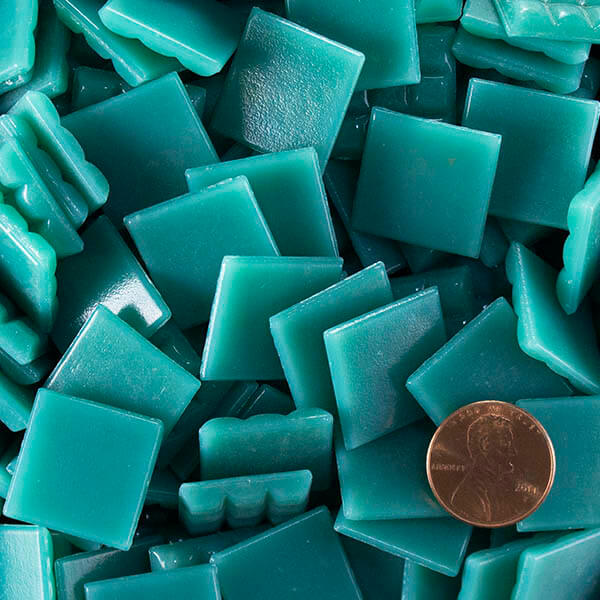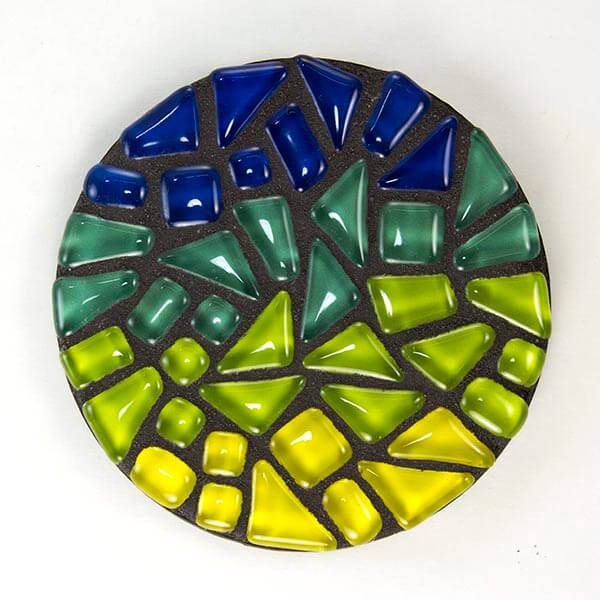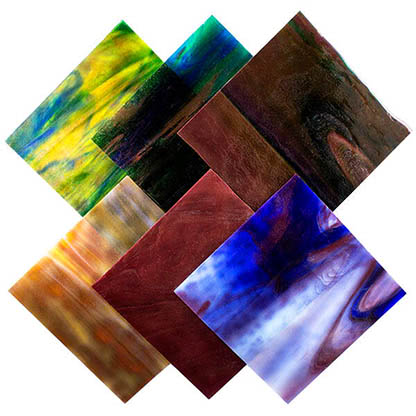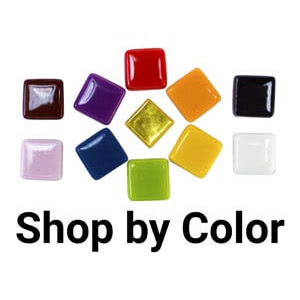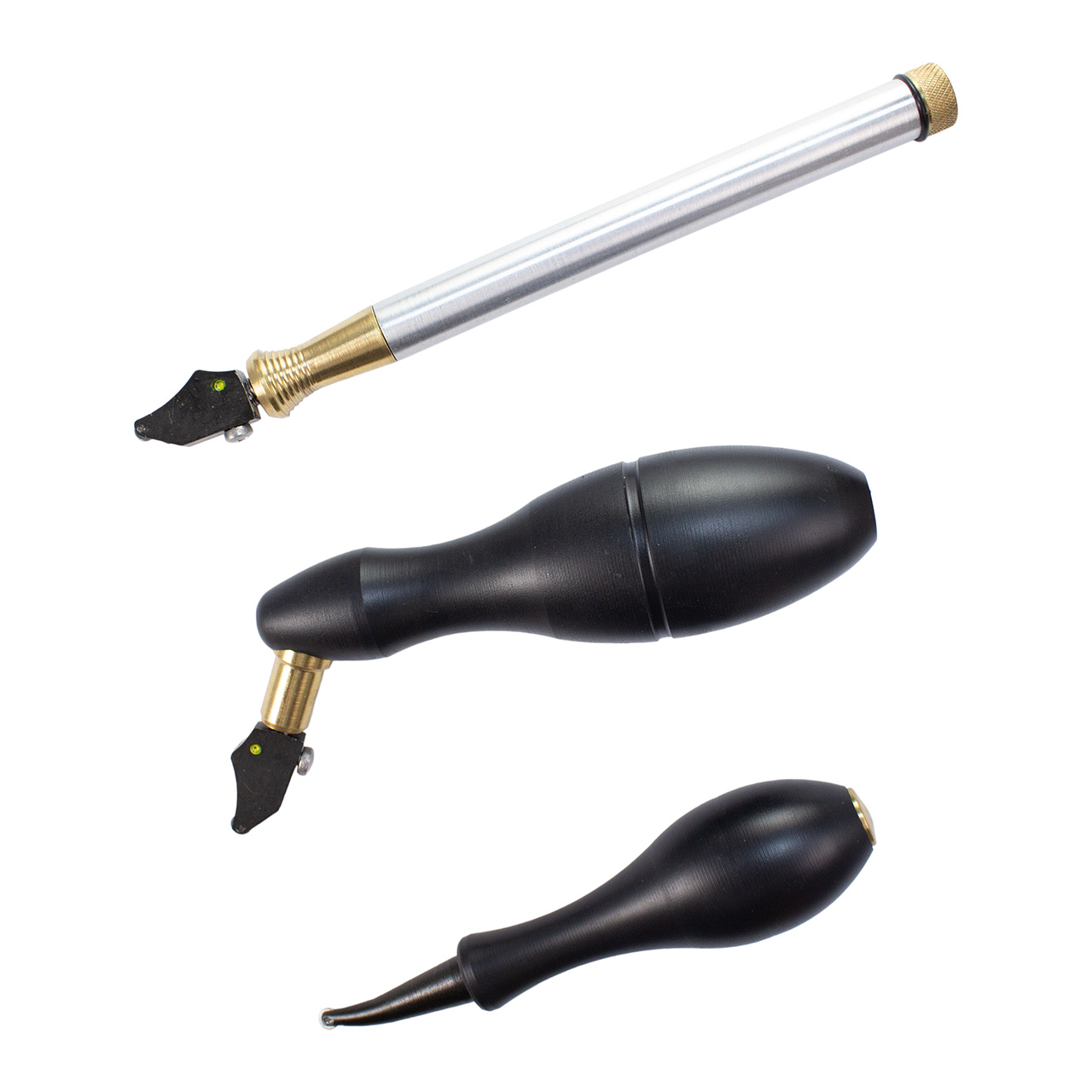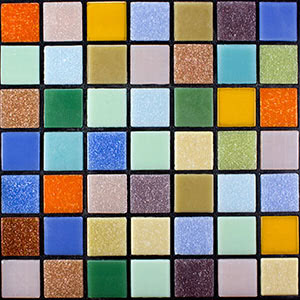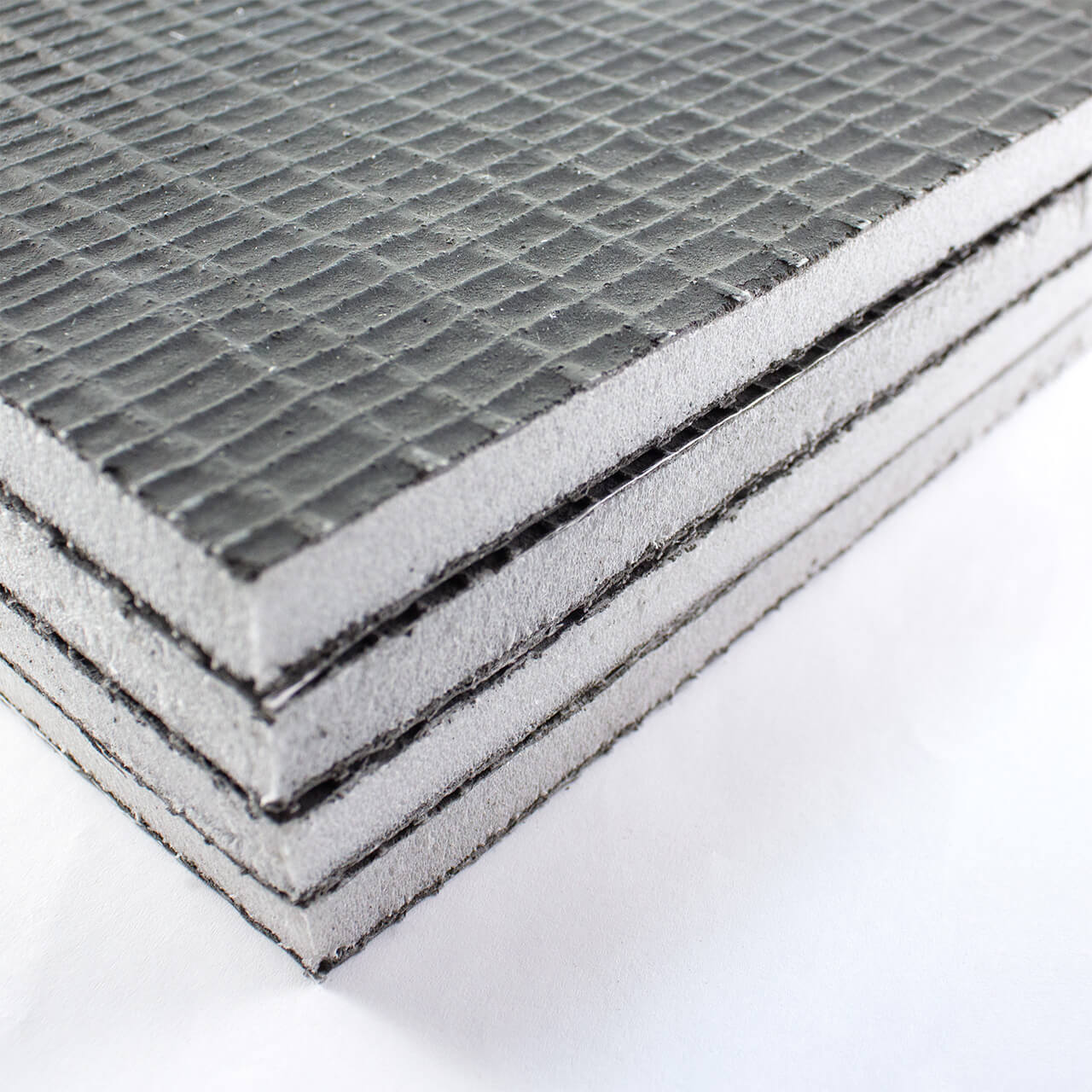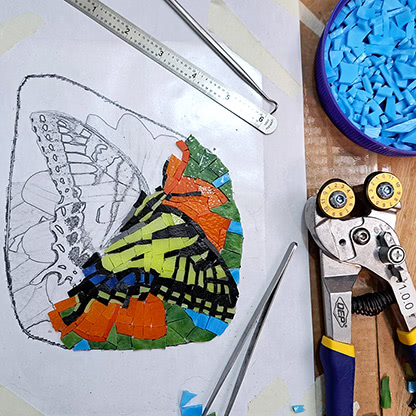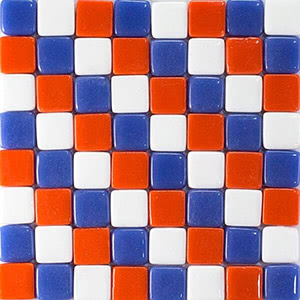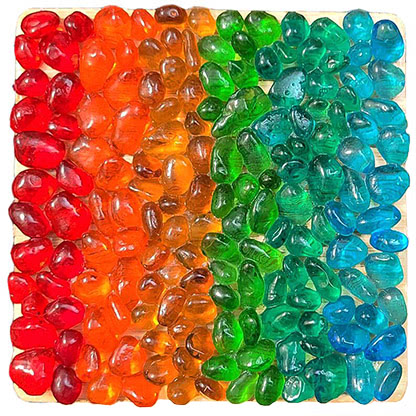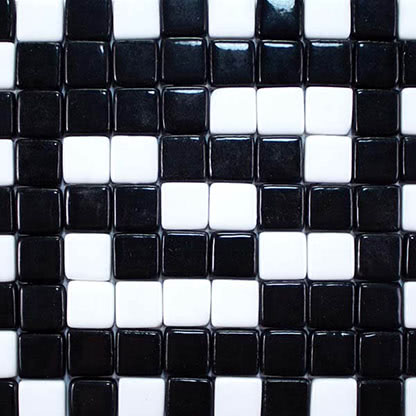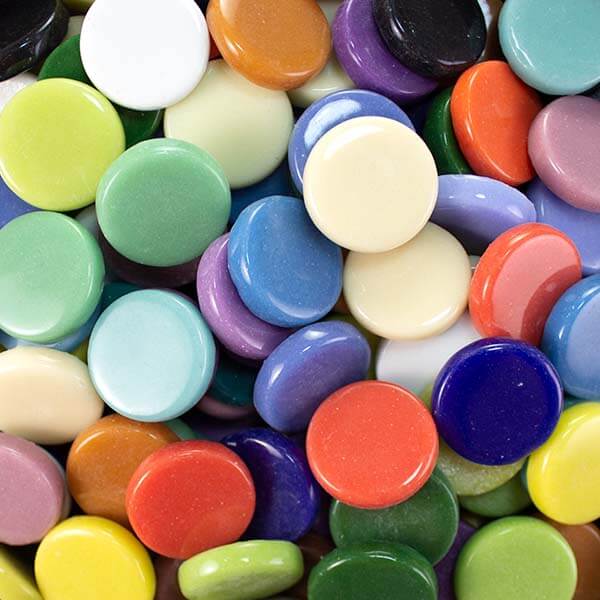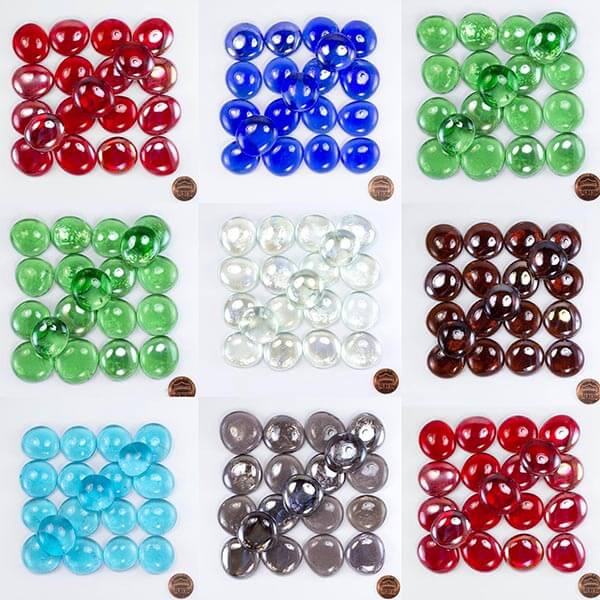
Economy Glass Gems JUMBO are dome-shaped lumps of glass with flat bottoms that can be used as tesserae (tile) in craft projects and mixed-media mosaic. They vary in size and shape. The nominal diameter of these MEDIUM gems is 25 to 33mm, which is about 1 to 1.3125 inch. BUT, those are nominal dimensions, and these should not be purchased by people needing gems with exact dimensions or shapes. Sold by the 1/2 pound.
Economy Glass Gems JUMBO
- dome-shaped circular lumps with flat bottoms.
- Nominally 1 to 1.3125 inch in diameter with variation.
- varies in size and circularity.
- sold by the 1/2 pound.
Product Variation
These gems are circular domes of glass, but they vary in size and exact shape. Please do NOT purchase these if you need tightly controlled shapes or sizes. Also, the glass is not optical quality and contains occasional bubbles. We sell these for use as mosaic tile, not covers for photo refrigerator magnets, etc.
Product Coverage
A 1-pound bag of glass gems covers approximately 30+ square inches. Glass gems are better used as accents than area coverage because they are circular and can nest together only so tightly. There will always be a larger than desired gap at the juncture between multiple gems.
Compatibility
Glass gems are thicker than most types of glass mosaic tile, which is usually ~1/8 inch thick. The glass gems are about ~3/16 inch thick, but that is approximate and not tightly controlled. The reason to use something like glass gems is precisely BECAUSE you want something that sticks out slightly above the surface of the ordinary tile. This gives the otherwise flat surface of the mosaic an element of dimension and texture, something that can be felt with the hand.
Cutting
Cutting glass gems leaves a sharp edge on an otherwise rounded shape, and for this reason it isn’t commonly done. The sharp edge can be smoothed using the fine side of a marble file, but that only removes the safety issue. Visually, the cut edge will still be sharp compared to the other part of the gem. If you do need to cut the gems, use a mosaic glass cutter.
Use In Mosaic Art
The tops of the glass gems are dome shaped instead of flat surfaces, and this has significant implications for the grouting process. When grouting a mosaic made from glass gems, many novices fail to remove enough grout, leaving most of the glass gem covered. The result is that the finished mosaic appears to be mostly grout with just a little bit of glass peeking out. You have to use your fingertips to remove the grout covering the edges of the gems and make sure that you expose more than just the very tops of the domes.
How To Make Mosaic Art
For more advice on designing your mosaic project or mounting, cutting, and grouting tile, please see our page of Mosaic Frequently Asked Questions or our Mosaic Information Guide, which lists instructional pages described by topic. We also post new articles about making mosaics at our How to Mosaic Blog.
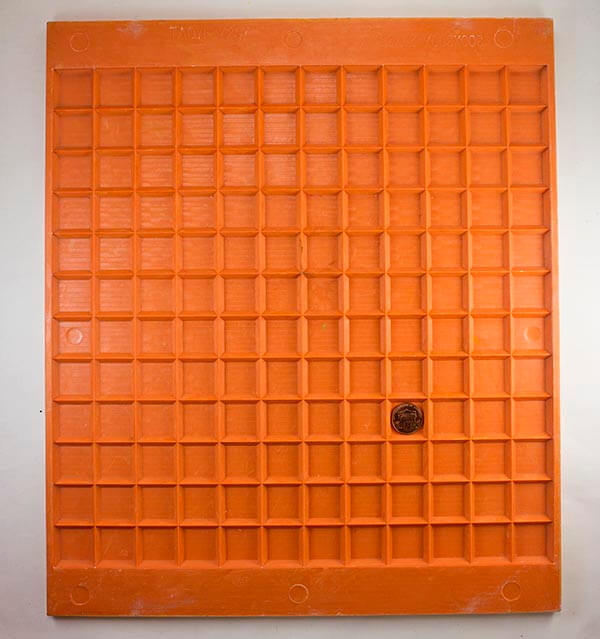
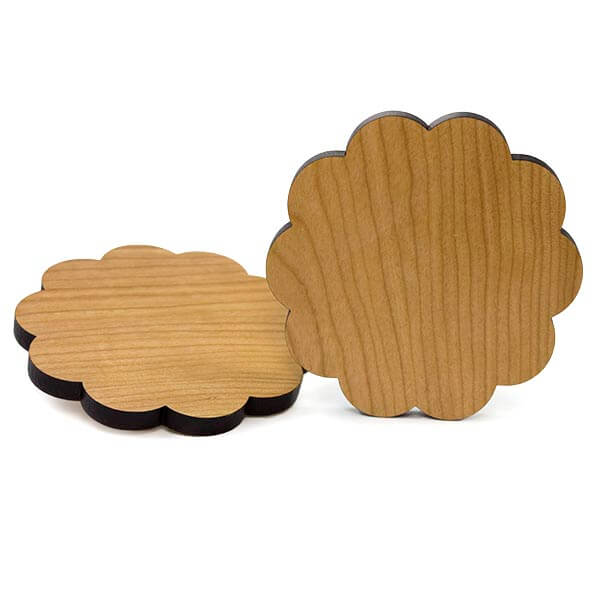
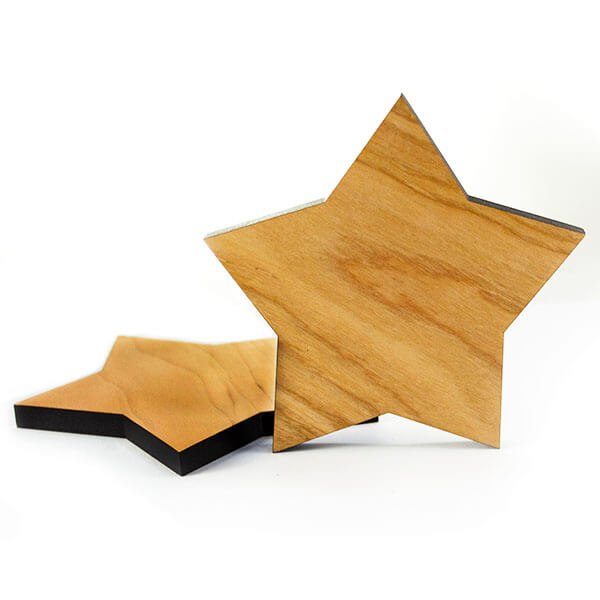
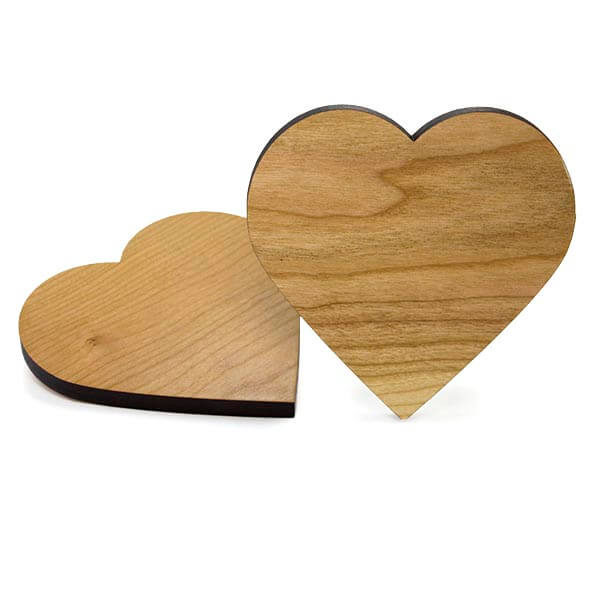
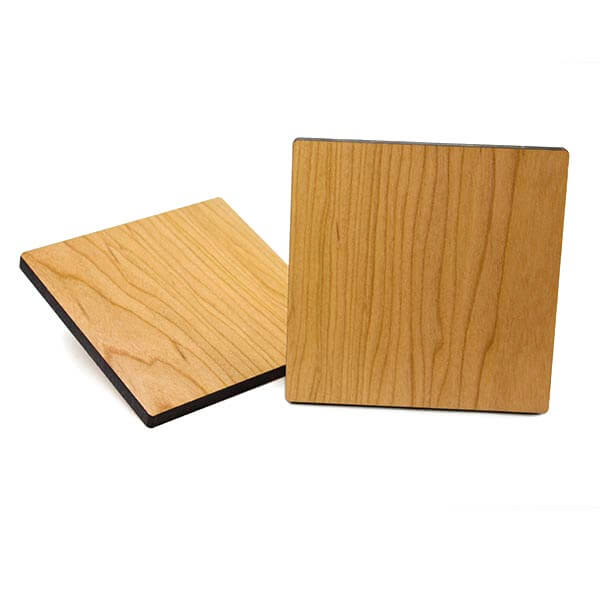
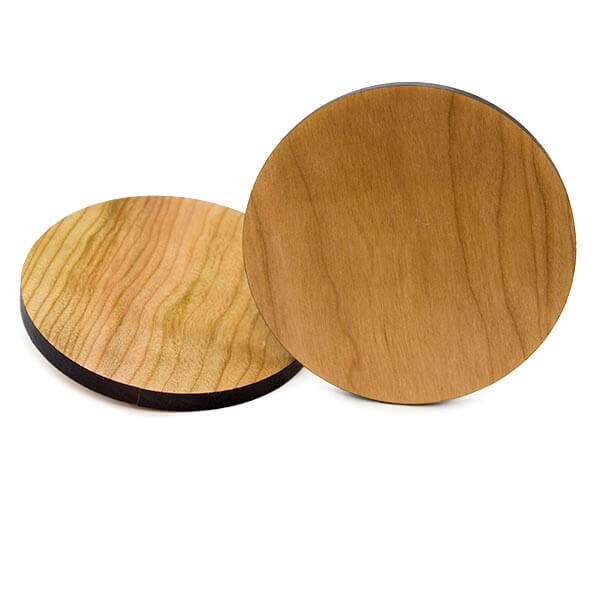
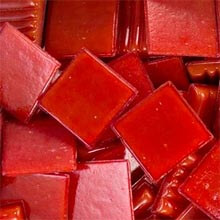
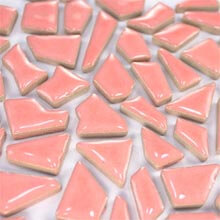
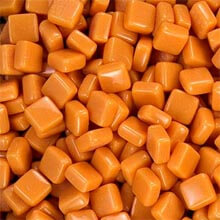
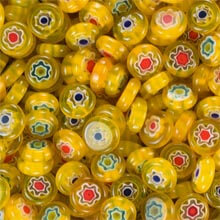
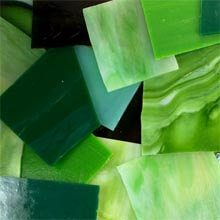
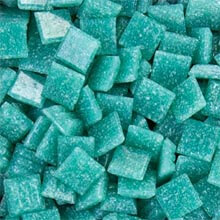
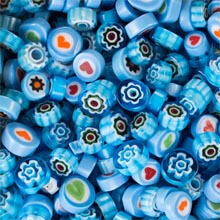
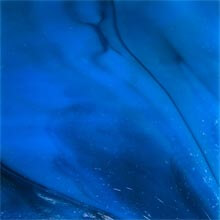
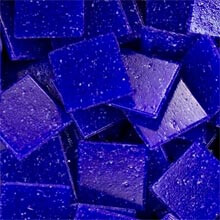
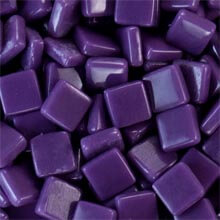
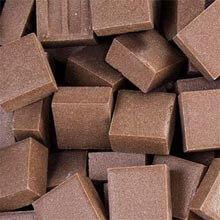
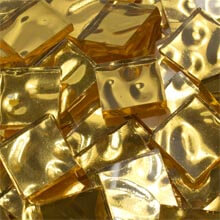
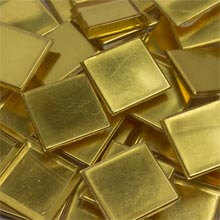
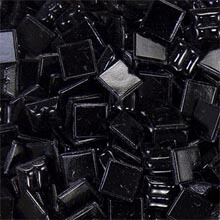
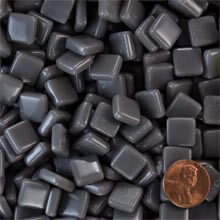
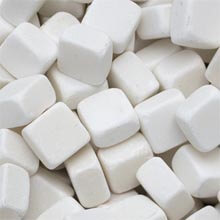
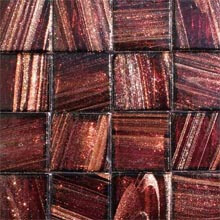
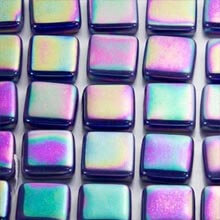
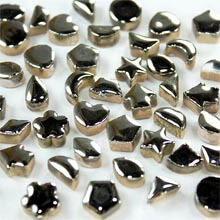
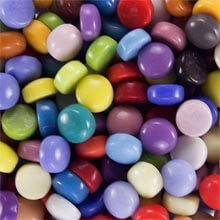
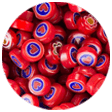 Red
Red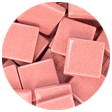 Pink
Pink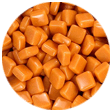 Orange
Orange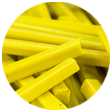 Yellow
Yellow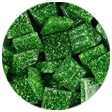 Green
Green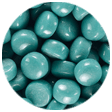 Teal
Teal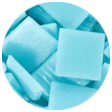 Cyan
Cyan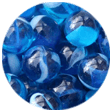 Blue
Blue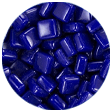 Ultramarine
Ultramarine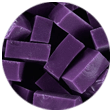 Purple
Purple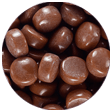 Brown
Brown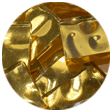 Imitation Gold
Imitation Gold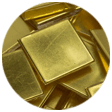 24K Gold
24K Gold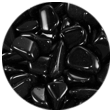 Black
Black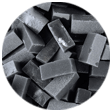 Grey
Grey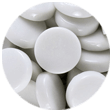 White
White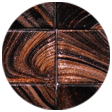 Metallic
Metallic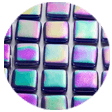 Iridescent
Iridescent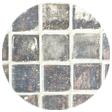 Mirror
Mirror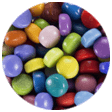 Assortments
Assortments